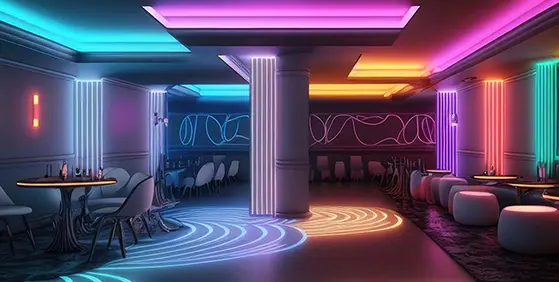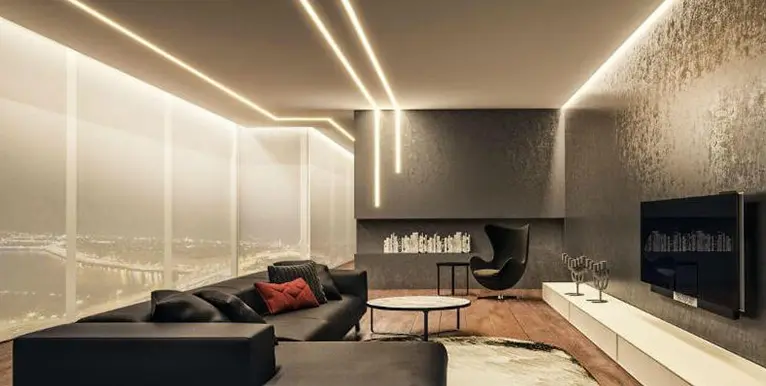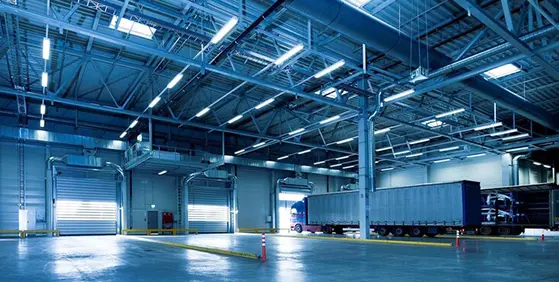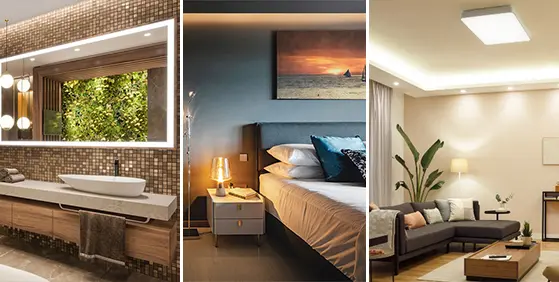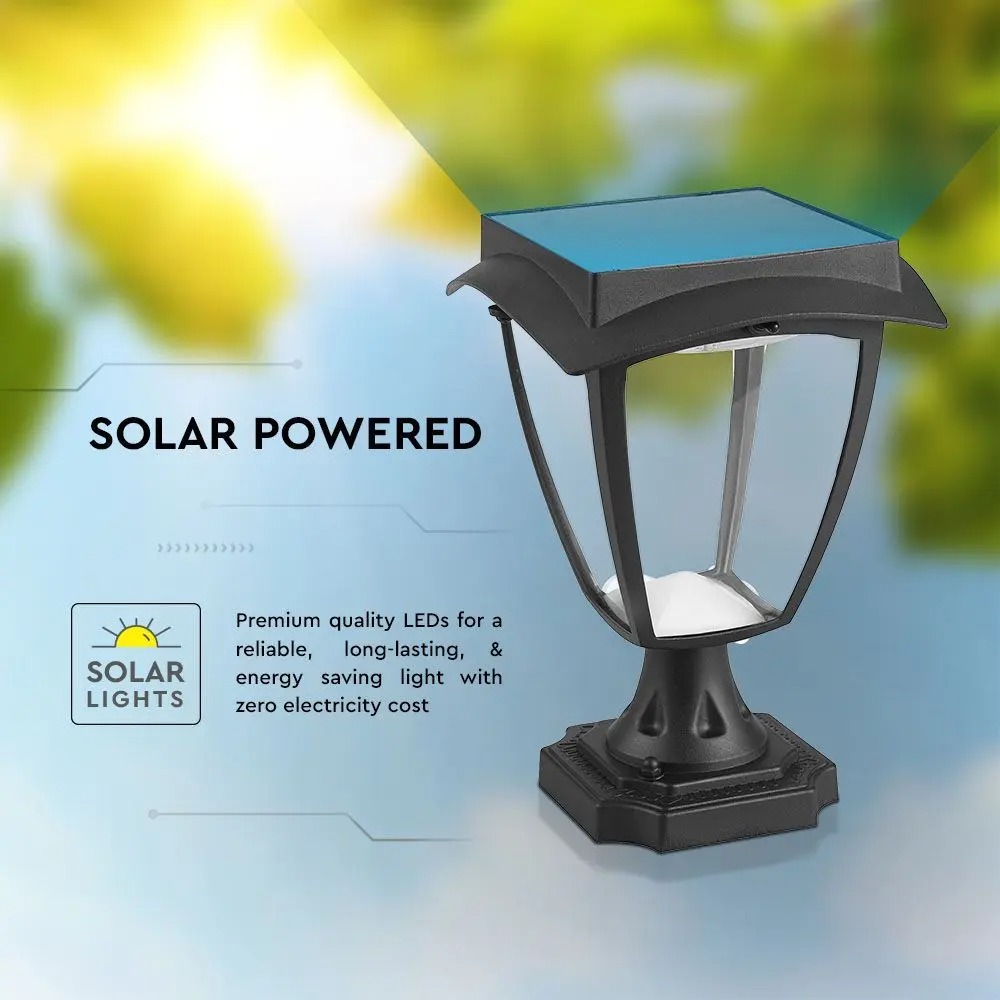Are LEDs better for the Environment
Concerns about global warming and carbon footprints are showing up on the news and our social media posts daily. What are they and can using LED lighting help?
Global warming is the rise in temperatures experienced across our planet since the industrial revolution. They’re caused by human activity, especially burning fossil fuels, that release carbon dioxide (CO2) and other gasses into the air faster than the planet can re-absorb them, trapping heat in our atmosphere. Your carbon footprint is a measurement of the amount of energy you use that is produced from non-renewable sources, which contributes to global warming.
LED lights use less energy than older lighting types, produce more usable light, lose less energy as heat and last longer. All these factors reduce the carbon footprint of any home or business that uses them over incandescent, halogen, fluorescent or CFC light bulbs.
According to The Climate Group, lighting is estimated to account for almost 5% of global CO2 emissions and the NGO Clasp and the Clean Lighting Coalition are working to dramatically reduce this figure by converting homes, businesses and governments to LEDs.
Energy efficiency
LEDs are estimated to be 70% to 90% more energy efficient, depending on the type of lighting you compare them with. There are several reasons for this:
- Other lighting types convert up to 90% of their energy into heat, not light. LEDs convert almost all the energy they use into visible light
- LEDs produce directional light, unlike other bulbs which produce light in all directions which must be reflected to be useful, lowering efficiency
- LEDs operate at a much lower voltage, 12v versus 240v. This is not only more efficient but also much safer
By using less energy, LEDs contribute to reduced dependence on fossil fuels as less energy needs to be produced. This in turn reduces greenhouse gas emissions and when the electricity to power LEDs is produced from sustainable sources such as solar or wind, that energy isn’t being wasted by powering inefficient lighting.
Improved energy efficiency is directly related to costs and because 15% of the average home’s electricity is for lighting, converting to LEDs is one of the fastest ways to reduce bills.
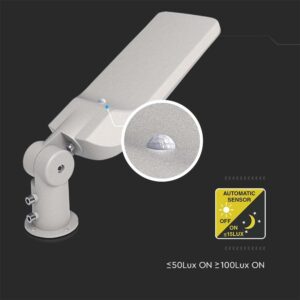
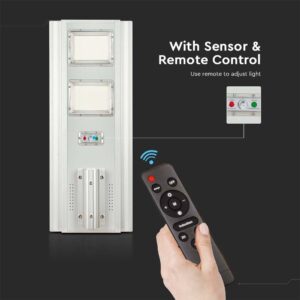
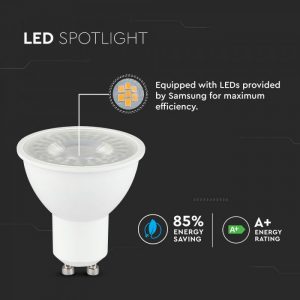
How Does LED Lighting Help the Environment?
Longer lifespan
LEDs can last 6 to 12 years, up to four times longer than a fluorescent bulb and thirty times longer than an incandescent bulb because they produce less heat. Heat degrades the materials used in other bulbs, shortening their lifespan considerably.
A longer lifespan means they need to be replaced less often which not only reduces maintenance costs but also reduces the amount of waste going to landfill. As modern electronic appliances, LEDs may contain rare earth metals that are valuable and can be environmentally damaging to mine but, because of that, recycling and re-use are built in to make sure these valuable resources aren’t wasted.
Improved quality of light
An LED is a highly controllable light source. White light is produced either by blending red, green and blue LEDs or by adding phosphor to blue LEDs. Either way, the wavelength of light produced is different to that of fluorescent or incandescent bulbs and doesn’t interfere with the senses of nearby insects. Consequently, the bugs can get on with their lives and aren’t attracted into yours.
Being controllable, LED lighting is being used in specialised situations where plants need particular wavelengths of light to most efficiently photosynthesize and grow. Grow lights use LEDs to improve crop yields of vegetables and fruits.
Plus, having a light source that emits light over just 180 degrees rather than 360 degrees reduces light pollution caused by unwanted scattered light.
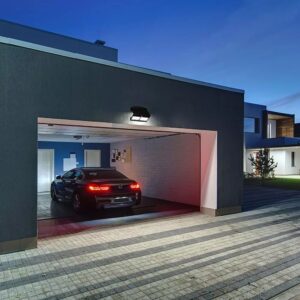
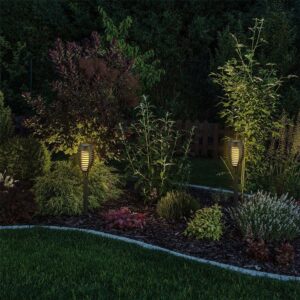
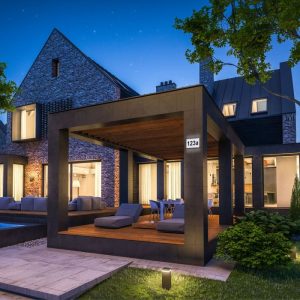
Durability and safety
LEDs are what’s called ‘solid-state’. This means they’re electronic components with no moving parts. This contributes to their low maintenance but also means they are more robust, durable and safer than older light bulb types. LED enclosures are plastic, not glass, so if you accidentally drop one you’re not going to break it and have to deal with shards of broken glass.
By operating at a lower voltage, just 12 volts, they are much safer to use, especially in locations where flooding may occur. And as they don’t get hot there’s no danger that an LED would start a fire if it accidentally comes into contact with combustible materials such as paper blown around by the wind.
Safety extends to the recycling process as well. Lighting types like fluorescent bulbs have small amounts of mercury in them which is highly toxic and must be disposed of in facilities designed to handle hazardous materials. There are no such limitations to the disposal of LEDs.
Win, win, win
With better efficiency, lower power bills, less light pollution, better safety and reduced maintenance, LEDs are a big step forwards in the battle to reduce our carbon footprints. The ultimate goal is to achieve carbon neutrality – the point at which we reduce our carbon emissions to a level where the planet can absorb and store all the CO2 we emit and finally begin to have a positive impact on global warming.
FAQs
How does LED lighting compare to traditional lighting options in terms of energy efficiency?
Depending on the type of lighting you compare them with, LEDs are 70% to 90% more energy efficient.
How long do LED lights last compared to traditional lights?
LEDs can last up to 12 years. This is a huge improvement over incandescent bulbs which can have a lifetime of just a few months.
What are the benefits of improved quality of light with LED lighting?
Controllable LED lighting means that whether you need a whiter light for reading or a softer yellow light, both can be achieved with LEDs. Dimmable lighting and mixed-coloured lighting are also possible, improving the light colour palette for interior and industrial designers, whatever project they’re working on.
Is LED lighting safer and more durable than traditional lighting options?
Yes, because LEDs are solid state and enclosed in plastic, not glass. They can do this because almost no heat is emitted by an LED. Plus, by using lower voltage circuits to power LEDs they make for a safer home and work environment wherever you use them.

